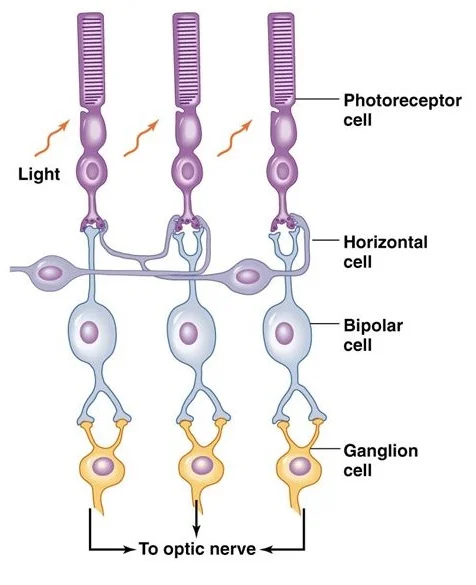Answer: Kanizsa objects are a diagnostic tool in psychology that tests for a person's ability to see the big picture rather than small details.
The Kanizsa object test was first developed by an Italian psychologist named Gaetano Kanizsa in 1955. A typical Kanizsa object consists of black images on a white background. These black objects themselves do not contain any uniquely interesting shapes. When the objects are all taken together, however, a different image is formed. Sometimes, these objects are referred to as the Kanizsa optical illusion.
Viewing Kanizsa objects, such as the Kanizsa triangle illusion, causes most neurotypical people to report seeing the contours of a triangle emerge from the shapes. Even though there is actually no difference in brightness, the triangle that appears in the middle seems to be whiter than the surrounding space.
Kanizsa illusion explanation
Viewing these Kanizsa objects is demonstrating the Gestalt ideal that the sum of visual perception is more than its parts. People view all objects together as a single image. In Gestalt psychology, this phenomenon is called the law of closure.
Seeing a triangle in this illusion is partially due to a phantom edge phenomenon. Evolutionary biologists believed that detection of edges when they are not there may have been an important pro-survival adaptation that helped allow early humankind to survive in a hostile world. The argument is based on observations that sharp breaks in visual inputs still cause a person to believe that the object continues, even though we do not see it.
Kanizsa objects demonstrate the phenomenon of edge completion. Edge completion is a visual perceptual experience where the brain tends to search for edges, even when none exists. These illusory contours are clear when we look at the triangle that is formed by the shapes in the Kanizsa illusion.
Perception of a shape in the Kanizsa illusion can be disrupted by psychedelic drugs. They can alter the way our brain detects edges, so a person under the influence of a psychedelic like LSD or psilocybin may not report seeing an object inside the Kanizsa illusion.








